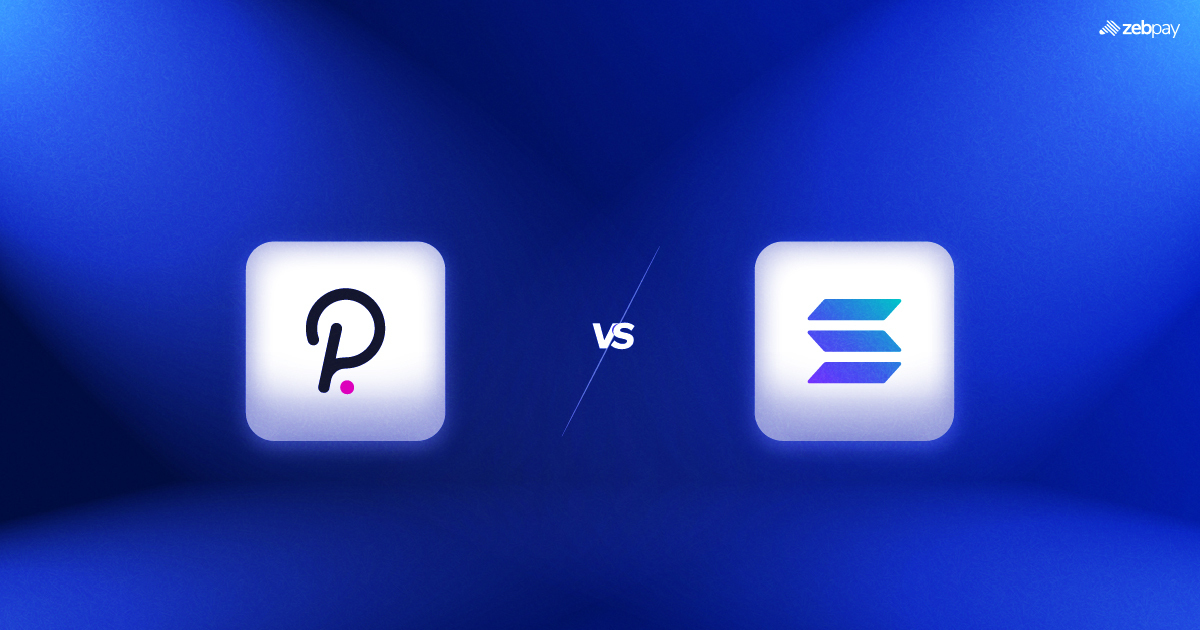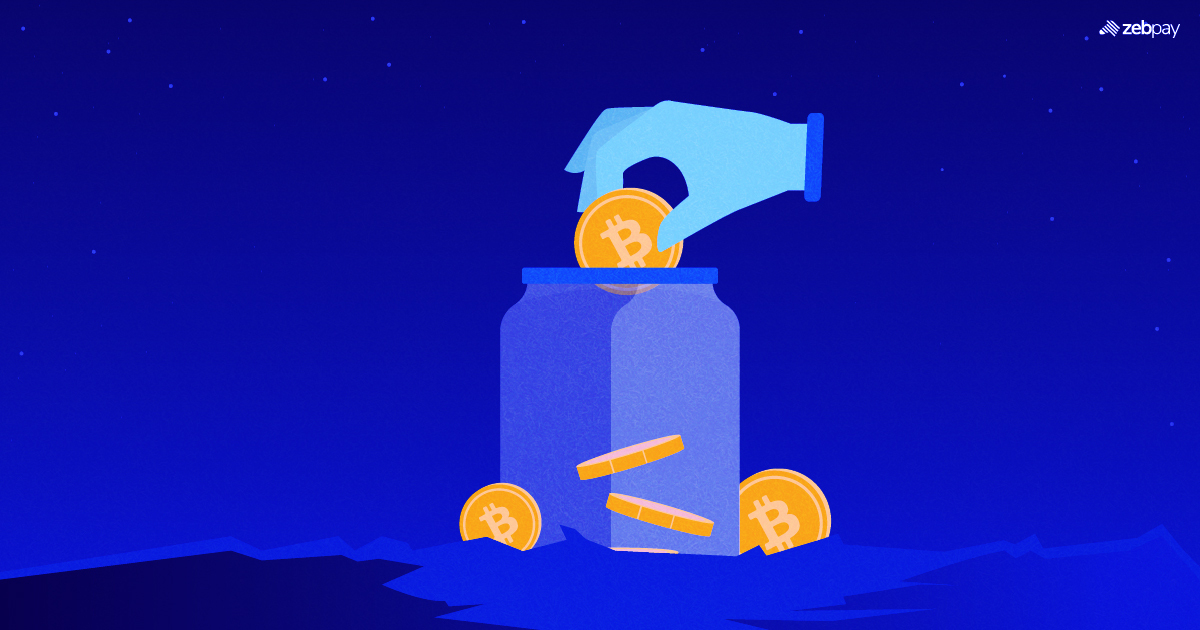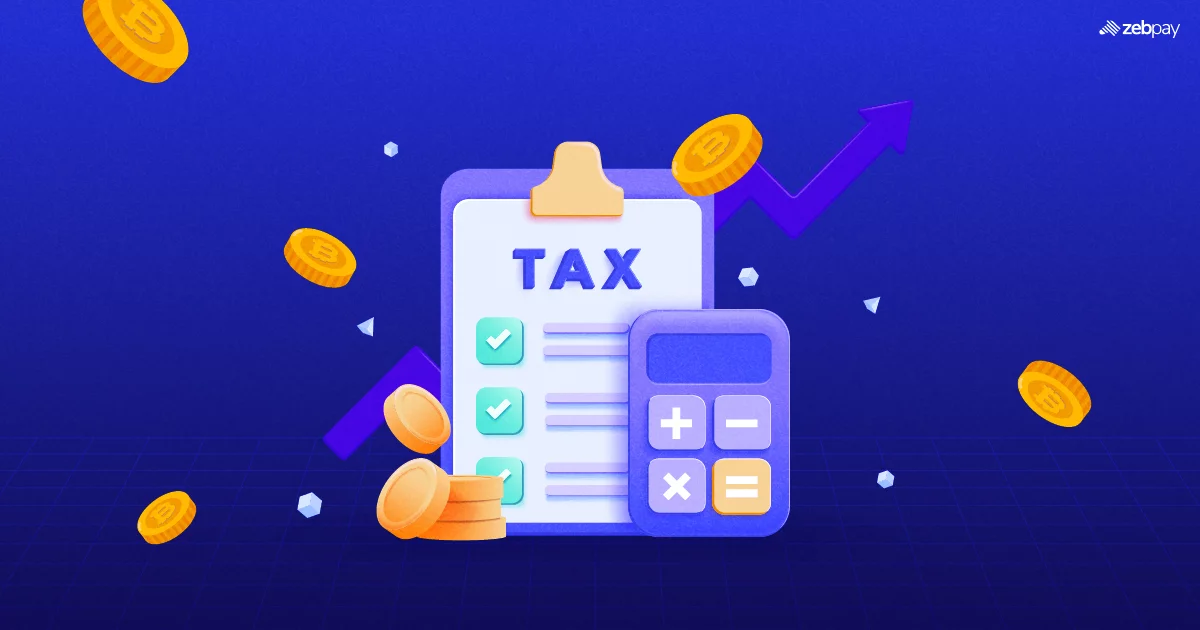Bitcoin is no longer the sole choice for crypto enthusiasts. Today, with tens of thousands of blockchains available, the landscape has expanded significantly. From first-generation pioneers like Bitcoin and Litecoin to the revolutionary smart contracts of Ethereum, blockchain technology has evolved at a remarkable pace. However, this article zeroes in on two key third-generation contenders: Polkadot and Solana. So, how do they stack up against each other?
What is Polkadot?
Polkadot is a next-generation blockchain protocol designed to enable seamless communication and interoperability between different blockchain networks. Launched in 2020 by Ethereum co-founder Gavin Wood, Polkadot aims to create a scalable, secure, and interconnected blockchain ecosystem.
Unlike traditional blockchains, Polkadot operates as a multi-chain platform, supporting multiple parallel blockchains known as “parachains.” This structure allows different networks to share data, assets, and services without relying on intermediaries or centralized exchanges.
At the core of Polkadot’s ecosystem is its native token, DOT. It plays a crucial role in securing the network, paying transaction fees, and participating in governance decisions. DOT holders can also stake their tokens to help maintain network security while earning rewards in return.
Know more about Polkadot
What is Solana?
Solana is a high-performance blockchain platform built for decentralized applications and crypto assets. Launched in 2020 by Anatoly Yakovenko and his team, Solana stands out for its speed, scalability, and efficiency.
Capable of processing up to 65,000 transactions per second (TPS), Solana achieves remarkable throughput without sacrificing security. Its unique Proof of History (PoH) consensus mechanism optimizes transaction verification, significantly reducing confirmation times while maintaining network integrity.
Designed for scalability, Solana’s architecture leverages a multi-node system that processes and validates transactions in parallel. It also offers a developer-friendly environment, supporting programming languages like Rust and C++ alongside a suite of powerful development tools.
Know more about Solana
Differences
Network Structure
Polkadot opts for a distributed network of parallel blockchains, known as parachains. These parachains operate independently and can be customized for a large variety of applications. They can also share data and assets with each other seamlessly.
On the other hand, Solana opts for a monolithic network structure. There is no sharding, no layer 2 scaling or parallel blockchains. This is considered more secure as there are fewer points of failure in the network.
Consensus
Polkadot uses a Nominated Proof of Stake (NPoS) consensus algorithm. This allows for staking pools to be implemented on-chain and enables users to vote for the validators who represent them. In this case, validators are a small set of individuals who run nodes for consensus, while nominators can back them with their stakes.
Solana uses a mixture of Proof of Stake (PoS) and Proof of History (PoH) for network security. PoH allows the network to synchronize time across all nodes, drastically reducing the time required to process transactions.
Benefits
Speed and Cost
In terms of transaction speeds, Solana is much further ahead of Polkadot. While Polkadot can reach around 1,000 transactions per second (TPS), Solana has a maximum speed of 65,000 TPS, making it one of the fastest blockchains on the market.
Interoperability
Polkadot is built from the ground up for interoperability. Its parachains allow applications to operate independently but still share any information, including assets and services with other chains.
While Solana also offers some interoperability through bridges, it is not comparable with Polkadot’s parachain architecture.
Network Downtime
While Solana offers high performance, it still suffers from network downtime. For example, on 14th September, the Solana network was down for almost 17 hours. Polkadot has not experienced such downtimes in its operation, making it a more stable option.
What Problems are Solved?

What Problems Do Polkadot Solve?
Polkadot aims to solve several key problems in the blockchain space, including scalability, interoperability, and governance:
- Scalability: One of the main challenges facing blockchain networks is scalability. Polkadot’s multi-chain architecture is designed to address slowdowns by allowing multiple blockchain networks to operate in parallel, each with its own set of validators and consensus mechanisms.
- Interoperability: Another key challenge in the blockchain space is interoperability. Polkadot is designed to allow different blockchain networks to connect and interact with each other through its shared relay chain. This can enable cross-chain transactions and the sharing of data and assets between different blockchain networks.
- Governance: Blockchain networks often face challenges related to governance, including decision-making, upgrades, and community involvement. Polkadot’s governance model is designed to be more inclusive and decentralized, allowing stakeholders to participate in the decision-making process.
Which Problem Does Solana Solve?
Solana aims to solve the problem of scalability in the blockchain space, which is one of the most significant challenges facing blockchain technology.
As more users and applications start using a blockchain network, the number of transactions and the size of the blockchain can increase rapidly, which can cause congestion and slow down the network. This can lead to high transaction fees and long confirmation times, which limits the usability and growth potential of a blockchain.
Solana’s architecture is designed to address this problem by using a novel consensus mechanism called Proof of History (PoH) and a multi-node network that can process and validate transactions in parallel. The PoH allows the network to maintain a high level of network security while reducing the time required for transaction confirmation. This, combined with the network’s ability to process up to 65,000 transactions per second (TPS), makes Solana one of the fastest and most scalable blockchain networks available.
You can now buy Polkadot and Solana on ZebPay. Level up your crypto trading experience using ZebPay’s brand new update.





